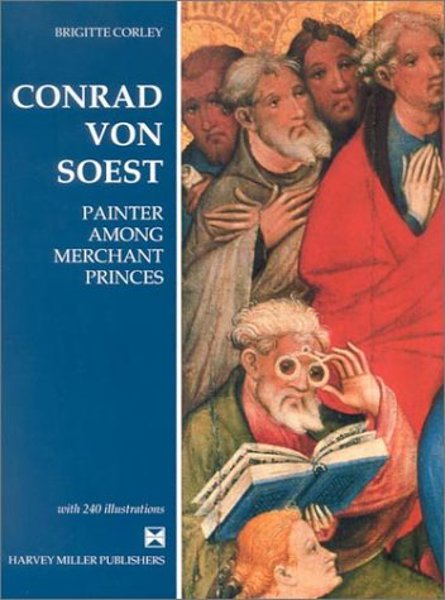
- Pages: iv + 259 p.
- Size:220 x 280 mm
- Illustrations:30 b/w, 120 col., 5 maps b/w
- Language(s):English, Italian
- Publication Year:2020
- € 100,00 EXCL. VAT RETAIL PRICE
- ISBN: 978-1-912554-43-0
- Hardback
- Available
This book sheds new light on a key stage in the development of the tightly knit urban fabric of early-modern Rome, adopting an innovative, multi-disciplinary approach.
Guido Rebecchini read History of Art at the Università degli Studi di Roma "La Sapienza", before going to the Università degli Studi di Siena, where he took a MA on the "Tradizione dell’Antico nel Medioevo e nel Rinascimento". In 2000, he obtained his PhD at the Warburg Institute and has subsequently taught at the Università di Siena from 2001 until 2009 and at the New York University and Syracuse University study-abroad centres in Florence in the years 2010-2012. In 2013, he joined The Courtauld Institute of Art where he is now Senior Lecturer in Sixteenth-Century Southern European Art. He has held fellowships awarded by the British Academy (1998-2000 and 2016-2018), Villa I Tatti (2004-2005) and CASVA (2007), among others. He has published extensively on sixteenth-century Italian art, history and culture.
During his reign (1534-1549), Pope Paul III transformed Rome from a derelict town to a dignified and even triumphal city. This richly illustrated book uses mainly unpublished documentation to investigate a range of multi-media urban, architectural and artistic projects promoted by Paul III. It adopts a multi-disciplinary approach to deepen our knowledge of Rome’s visual culture after the Sack of 1527, providing a nuanced and fresh understanding of the social, economic and political conditions underpinning the creation of celebrated masterpieces, like Michelangelo’s Last Judgement or his design of the Campidoglio. This study - the first entirely dedicated to Rome during the pontificate of Paul III - re-conceptualizes the periodization of Rome’s early-modern history, which is traditionally polarized between the High Renaissance and the Baroque, and establishes Paul III’s reign as the hinge between these two, seemingly disconnected, periods. In addressing these topics, artworks and urban spaces are analyzed as a means to engage with themes intensely discussed in recent scholarship, such as the creation of space, the inhabited urban environment and the intersection of art, politics and propaganda.
Introduction
Chapter 1. The Aftermath of the Sack: The Papacy of Paul III
Part 1. The Sacred City: St Peter’s, Castel Sant’Angelo and the Borgo
Chapter 2. The Papal Coronation and the Ritual Uses of the Square in front of St Peter’s
Chapter 3. The Construction of Papal Authority: St Peter’s and the Vatican Palace
Chapter 4. Points of View: Castel Sant’Angelo, the Canale di Ponte and Sixteenth-Century Panopticism
Part 2. The Piazza, the Palace, and the Promotion of the Farnese Dynasty
Chapter 5. The Shaping of the Piazza and the Construction of a Farnese Neighborhood
Chapter 6. Creating a Dynastic House: The Palazzo Farnese
Chapter 7. The Cancelleria and the Visual Celebration of the Papal Deeds
Part 3. The Papal Appropriation of Civic Ideologies: The Via del Corso and the Campidoglio
Chapter 8. Rome as Stage: A Triumphal Entry and the Rhetoric of Peace
Chapter 9. The Renewal of the via Lata and its Surroundings
Chapter 10. The Refashioning of the Campidoglio





